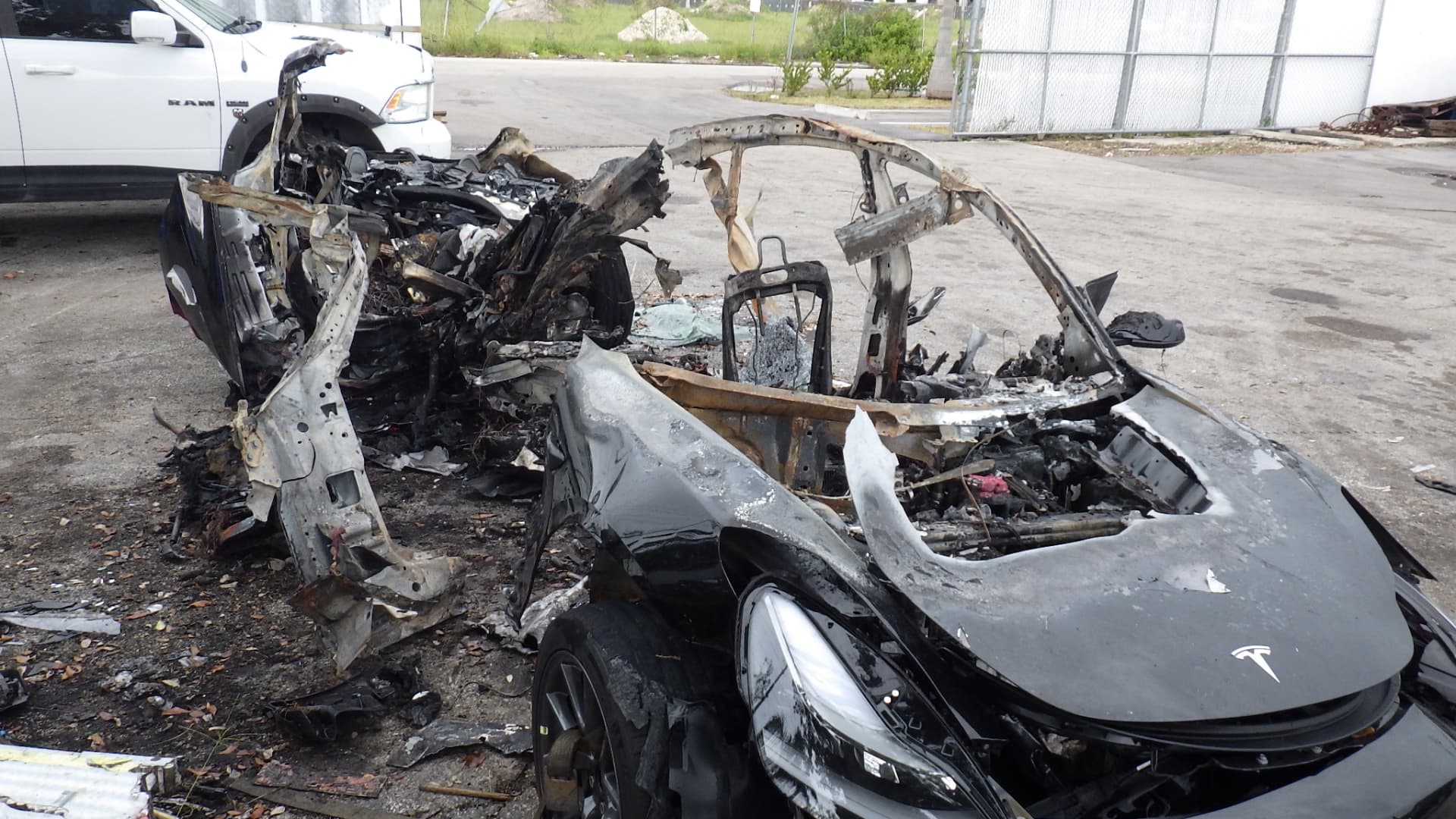Sounds like Waymo is in trouble with their $200k sensor suite.
(Moving to the Waymo thread so as not to take the FSD beta thread off topic)
The Waymo sensor suite does not cost $200k. That is a gross exaggeration. Krafcik mentioned a few years back that the total cost of the entire vehicle "costs no more than a moderately equipped Mercedes S-Class". Here is the entire quote dated January 2021:
"If we equip a Chrysler Pacifica Van or a Jaguar I-Pace with our sensors and computers, it costs no more than a moderately equipped Mercedes S-Class. So for the entire package, including the car - today"
Let's do some quick math. A Mercedes S-class starts at around $110k. A fully equipped S-class is around $130k. So split the difference to estimate a "moderately equipped S-class" and you get around $120k. A Jaguar I-Pace starts at around $70k. Take the difference and you get $50k. So the 5th Gen sensor suite probably costs around $50k. Heck, the roof lidar is "only" $7,500. There is no way the rest of the hardware would cost $192,500. Yes, $50k is still a lot more than the Tesla's sensor suite but it is not $200k. And Waymo's sensor cost will continue to go down over time. I think the Waymo Zeekr driverless robotaxi, in development now, will likely to be a lot cheaper since they can design it from the beginning for driverless. They can cut out a lof of the stuff that a luxury consumer car would have, that a driverless car would not need.
Also, it is encouraging that Tesla's FSD beta can do more drives with zero interventions but that is still a far cry from reliable driverless robotaxis. IMO, Waymo would only be in trouble if Tesla is able to remove driver supervision or deploy driverless ride-hailing in more cities than Waymo. But that has not happened yet. Waymo has made great progress towards deploying driverless ride-hailing in light and medium urban environments. Waymo is working hard on "solving" dense urban driving. As long as Waymo can bring down the cost of the hardware even more and get driverless that is good enough for most US cities, they should be fine IMO. They appear to be on track to do that.
Also, Waymo uses 19 cameras on the 4th Gen, increased to 29 cameras on the 5th Gen. So Waymo actually uses a lot more camera vision than Tesla. And Waymo increased the number of cameras on their vehicles, showing an even greater focus on camera vision. And Waymo only uses 5 lidar. So Waymo actually emphasizes camera vision way more than lidar.
So this idea that Waymo focused too much on expensive lidar and HD maps instead of camera vision and now Tesla's vision-only can basically do the same thing for a fraction of the cost, is false on many levels.

 www.cnbc.com
www.cnbc.com






